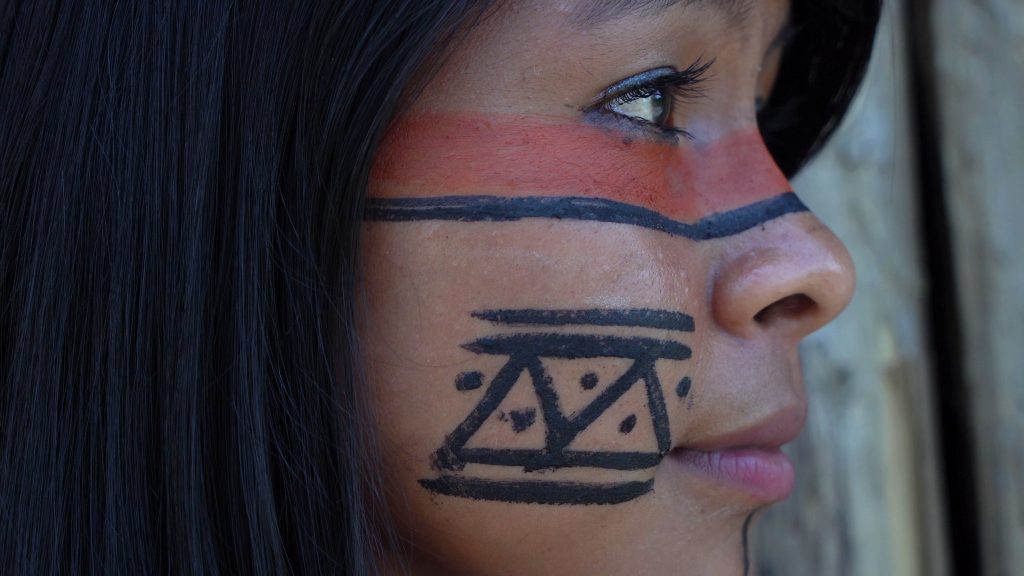Earlier this month, a fellow member of the Museum team (Linda, our excellent artist for the Philogelos jokes project) shared an article with me about a metal band. While this may seem a bit odd to share between colleagues, this particular band is raising awareness of the importance of the Amazon and its people in Brazil. It is doing this through the use of traditional instruments and by singing in Tupi-Guarani, one of the indigenous languages of Brazil.
Even the band’s name, Arandu Arakuaa, is Guarani for “one who knows the sky cycles.” Although Tupi-Guarani refers to several languages within the same family, they are usually simply referred to as “Guarani,” and many share features and commonalities; in fact, despite the wide expanse where they are spoken, from Brazil all the way down to Argentina, there are only small differences between individual languages and most speakers can communicate with each other.

The most commonly used Guarani language today is Paraguayan Guarani, spoken by about 4.6 million people. Other distinct dialects are found in Bolivia and Argentina. Features across the board include syllables that always include vowels or vowel and consonant combinations, a focus on 6 oral and 6 nasal vowels, and a lack of consonant clusters.
Grammatically, Guarani has remained fairly pure to its roots, with only a few new grammatical additions in the past few centuries, although there are plenty of Spanish loanwords. One distinct feature of Tupi is its use of postpositions instead of prepositions, so “in Paraguay” becomes “Paraguay pe.” Nouns do not indicate gender or plurality, but there are several postpositions that could indicate one or the other. Although not used by all people, some Tupi speakers have integrated derivatives of Spanish articles such as la and lo to indicate singular and plural, respectively.

Today, there are several Tupi words that we use even in English, such as tapioca and piranha. In spite of other human rights violations, the Jesuits transcribing the language into the Latin alphabet allowed it to survive. Even then, it should be noted there were several intentional mistranslations; for example, the word “Karaki,” originally meaning sacred, being taught as meaning “Christian.” Likewise, Spanish was taught as the “karai,” or holy language, and Guarani as “ava,” or the man’s language.
In spite of these intentional misconceptions, due to its widespread use, the language is currently thriving rather than fighting to survive. The fact that we have this knowledge is also proof that indigenous leaders are attempting to rectify the problems of the past, and today we are seeing positive progress. In Paraguay it is seen as an official language, along with Spanish, and while not common in business or education, is a common language in art. Moreover, as we saw with the band, the language is also being used to promote a reconnection to nature, and, for those who used the language in the past, to see what lessons can be applied in the here and now.
Further Reading:
https://linguistics.byu.edu/classes/Ling450ch/reports/Guarani1.html
Guarani
